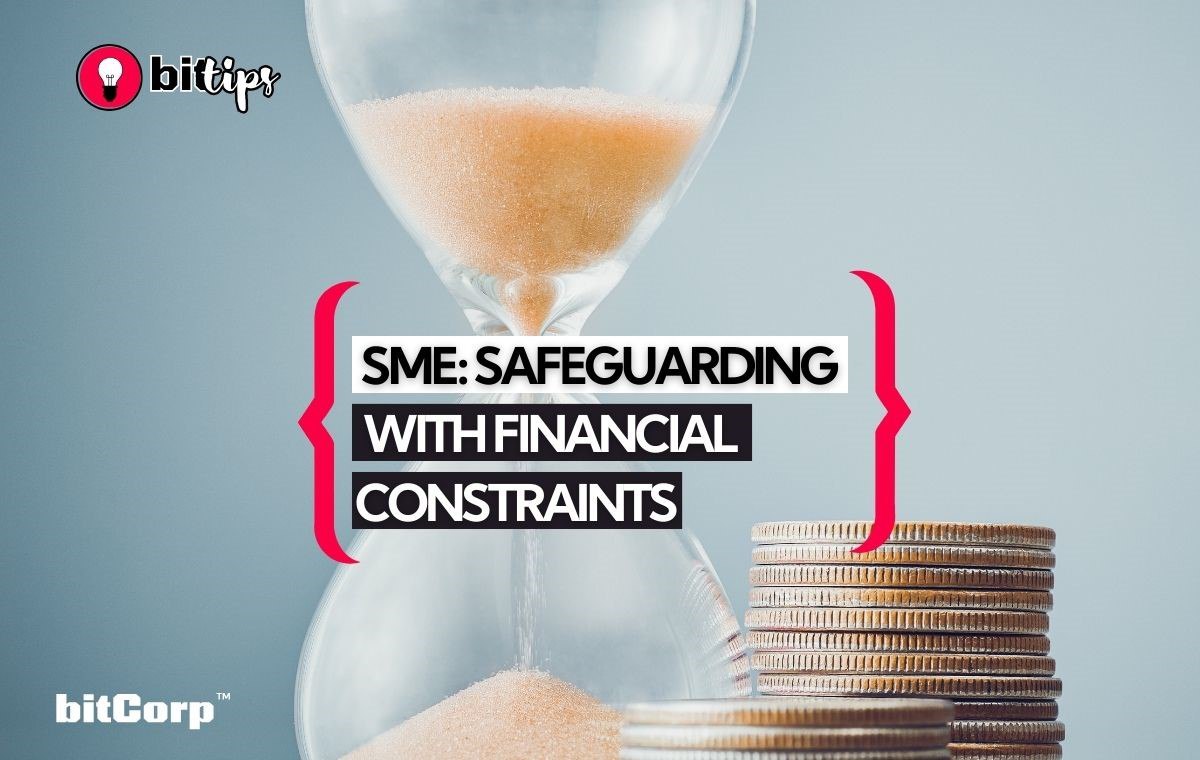
Cybersecurity Tips for SMEs with a Small Budget

Cybersecurity Tips for SMEs with a Small Budget
Small and medium-sized enterprises (SMEs) are increasingly targeted by cyber threats. While large companies can afford sophisticated security systems and dedicated cybersecurity teams, SMEs often have to deal with limited budgets. However, this doesn’t mean they have to compromise on cybersecurity. In this article, we will explore some essential strategies to help SMEs protect themselves from cyber threats without breaking the bank.
First and foremost, it’s crucial that SME employees are well-informed about cyber threats. Organize cybersecurity training sessions to raise awareness among your staff about how to recognize and address potential risks. This is a cost-effective measure that can make a difference.
There are many open-source software solutions that can help SMEs protect themselves. From security suites to monitoring solutions, many of these are free or low-cost. Make sure to carefully review the available options and choose the ones that best fit your needs.
Many cyberattacks exploit known vulnerabilities in outdated systems and software. Ensure that all your systems and applications are regularly updated to protect against these threats.
Set strict access policies to ensure that only authorized individuals can access sensitive data. Implementing two-factor authentication controls can further enhance security without excessive costs.
Regularly back up your data and store it in a secure location. In the event of a ransomware attack or data loss, having a backup can be key to restoring normalcy without paying a ransom.
Invest in a good firewall and quality antivirus software. These tools can help protect your network and devices from common attacks.
Even with a limited budget, you can implement threat monitoring solutions. These tools can detect suspicious behavior on your network and promptly alert you to issues.
Establish clear internal security policies and enforce them rigorously. For example, require employees to use complex passwords and change them regularly.
When choosing cloud service providers or software vendors, ensure they have a solid reputation for cybersecurity. Don’t cut corners on security when it comes to business partners.
Keep track of network usage to detect abnormal behaviors. This can help identify potential threats before they become a serious problem.
Lastly, but not least, always request a quote from an established cybersecurity company. Don’t rule out the possibility that they have a tailored package for you at reasonable costs. Often, it’s large companies like ours that create excellent products and services at affordable prices.